Transboundary Rivers and International Water Law
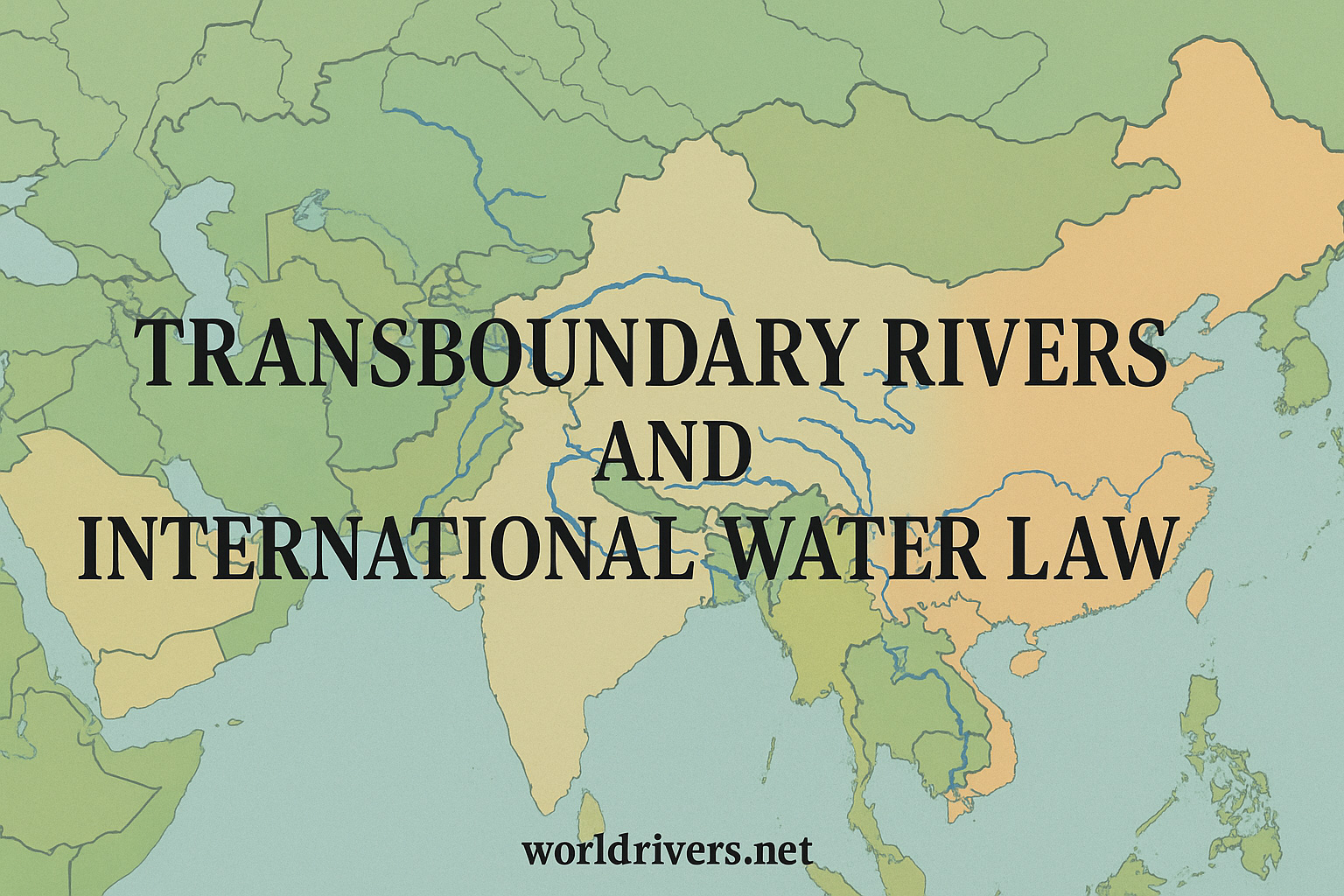
Discover how transboundary rivers shape international relations, why they spark disputes, and how global water law seeks to manage shared resources.
From the mighty Nile to the Mekong’s labyrinth of channels, rivers rarely respect political borders. These transboundary rivers—watercourses crossing or forming the boundaries of two or more countries—are lifelines for millions since the dawn of civilizations. They irrigate farmland, generate hydropower, enable navigation, and sustain unique ecosystems. Yet they are also potential flashpoints of disputes. Competing demands, unequal access, and environmental stress test the delicate balance between cooperation and conflict.
Read more: The Most Disputed Rivers in the World
International water law exists to guide nations toward fair and sustainable use, but its application is far from simple.
What Are Transboundary Rivers?
A river becomes transboundary when its drainage basin—the entire area of land where rainfall collects and flows into that river—lies across the borders of two or more countries. This means that what happens in one part of the basin, whether it’s dam construction, pollution, or irrigation, can ripple far downstream into another nation’s territory.
Some of the world’s most famous rivers are transboundary giants:
- The Danube – Europe’s second-longest river, weaving through 10 countries and four capital cities, linking central Europe to the Black Sea.
- The Nile – Shared by 11 African nations, from the equatorial lakes to the deserts of Egypt, it has been a cradle of civilizations and a stage for modern water diplomacy.
- The Mekong – Originating in the Tibetan Plateau, it passes through China, Myanmar, Laos, Thailand, Cambodia, and Vietnam, sustaining one of the most productive inland fisheries on Earth.
Globally, there are more than 310 transboundary river basins, together covering nearly half of the Earth’s land surface and supporting over 40% of the world’s population. These rivers are not just waterways—they are shared arteries of life, carrying both opportunities for cooperation and potential for conflict.
Why Transboundary Rivers Matter
Economic lifelines – Transboundary rivers fuel economies on a massive scale. Their waters irrigate vast agricultural belts, power hydroelectric dams, supply industries, and serve as shipping corridors linking inland markets to global trade routes. For example, the Mekong supports rice production that feeds over 300 million people, while the Rhine is a commercial highway at the heart of Europe.
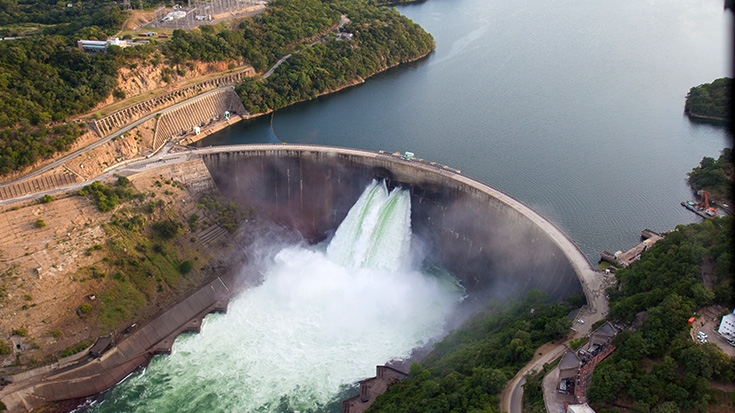
Biodiversity hotspots – Shared river basins often host some of the planet’s richest ecosystems. From the Okavango Delta’s seasonal floodplains to the Amazon’s labyrinth of tributaries, these rivers are nurseries for fish, birds, and mammals. Migratory species—like salmon in the Amur or sturgeon in the Danube—depend on unhindered flows that cross national borders.
Cultural bonds – Rivers are not only physical connectors but also threads in the cultural fabric of nations. They carry myths, songs, and histories across generations, binding communities along their banks. Pilgrimage routes follow the Ganges, medieval trade towns grew along the Danube, and riverside festivals mark seasonal cycles from Africa to the Arctic. In many places, the same river has been a meeting ground, a boundary, and a shared identity for centuries.
The Roots of Tension
Transboundary rivers have the power to unite nations through trade, shared heritage, and joint environmental stewardship. Yet, they can just as easily become sources of dispute when needs and priorities clash across borders.
Upstream vs. downstream needs – The classic conflict. An upstream nation may build dams, divert flows for irrigation, or extract large volumes for industry. These actions can slow or alter the flow downstream, change sediment delivery, disrupt fish migration, and even reduce water quality. The Nile Basin dispute over Ethiopia’s Grand Renaissance Dam is a prime example of this delicate balance.
Population growth – More people means more thirst—both for drinking water and for the food, energy, and goods that require it. In many basins, the pace of demand outstrips the natural replenishment of water, increasing the risk of over-extraction and tension between riparian states.
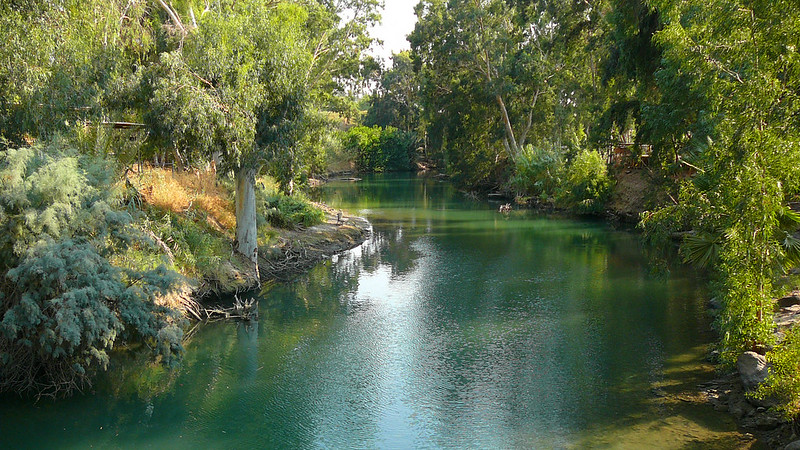
Climate change – Rivers that once flowed in predictable seasonal rhythms are now experiencing disruptions. Glaciers feeding major Asian rivers are retreating. Droughts parch some basins, while intense floods batter others. In such conditions, historic water-sharing agreements—based on old climate patterns—may no longer fit the new reality, pushing countries to renegotiate from positions of uncertainty.
These tensions are rarely about water alone—they are tied to questions of sovereignty, development, and survival. When mistrust builds, rivers can shift from lifelines to geopolitical fault lines.
Examples:
- The Nile Basin: The Grand Ethiopian Renaissance Dam has intensified disputes between Ethiopia, Sudan, and Egypt.
- The Indus River: Water allocation between India and Pakistan remains politically sensitive despite a long-standing treaty.
Foundations of International Water Law
International water law exists to answer a deceptively simple question: How should countries share a river that belongs to none of them entirely?
While customs, treaties, and bilateral agreements have been guiding river-sharing for centuries, modern international water law draws on a few key principles—developed through decades of legal scholarship, UN conventions, and real-world negotiations.
1. Equitable and Reasonable Utilization
Every country sharing a river has the right to use its waters—but not without limits. “Equitable” doesn’t mean equal; it means fair, considering a host of factors: geography, climate, the population dependent on the river, existing usage patterns, and the basin’s overall capacity. For example, an upstream mountainous country might use less water but contribute most of the flow through snowmelt—something that can weigh in its favor when negotiating rights.
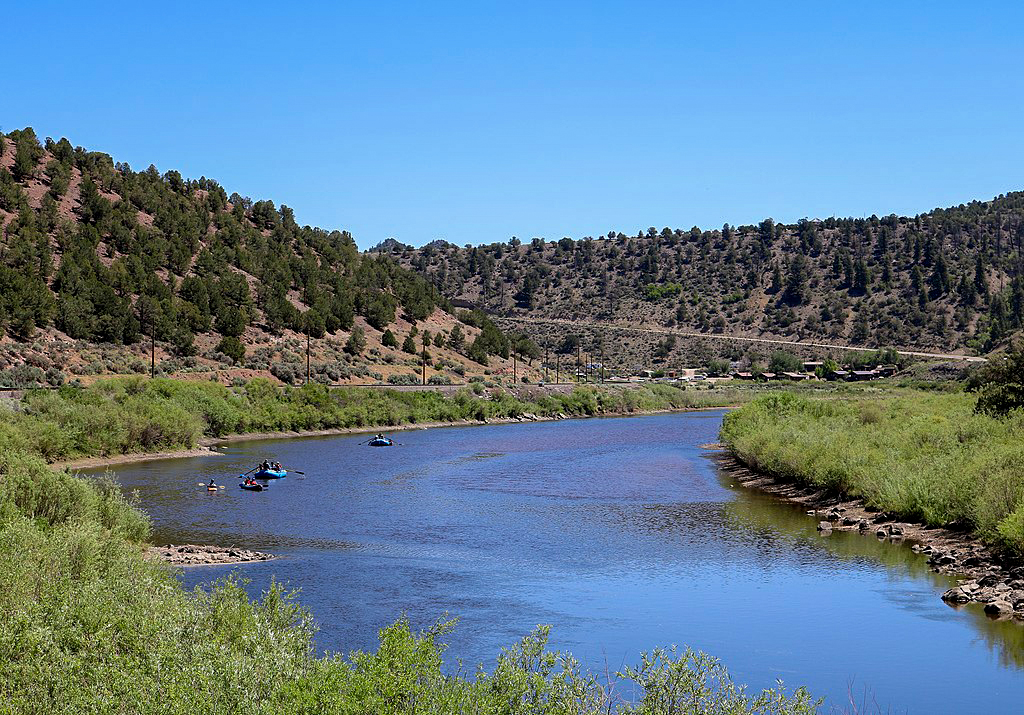
2. Obligation Not to Cause Significant Harm
No state should use a shared river in a way that causes serious damage to another riparian state. This includes polluting waters, drastically reducing flows, or destroying vital habitats. The idea is not to ban all impacts—any use will have some effect—but to prevent significant harm and require mitigation if it occurs.
3. Duty to Cooperate
Though less often highlighted, cooperation is the lifeblood of international water law. This includes regular data sharing on river flow, water quality, and planned projects; joint monitoring; and diplomatic consultation before undertaking major developments.
These principles are enshrined in landmark agreements such as:
- The 1997 UN Watercourses Convention – The global legal framework for the non-navigational uses of international watercourses.
- The 1992 UNECE Water Convention – Originally European in scope, now open to all UN member states, focusing on water quality, ecosystem protection, and cooperation.
In practice, these rules are more like a compass than a map. They point the way toward fair and sustainable use, but it is up to the riparian states to chart the actual course through basin-specific agreements.
Basin Agreements: Cooperation in Action
While global conventions provide the broad legal principles, it is basin-specific agreements that turn these ideals into daily practice. These agreements—often decades in the making—set rules for water allocation, infrastructure development, environmental protection, and conflict resolution. They are usually managed by river basin commissions or joint authorities, giving countries a permanent platform for dialogue and technical cooperation.
The Mekong River Commission (MRC) – Established in 1995, the MRC brings together Cambodia, Laos, Thailand, and Vietnam to coordinate sustainable development in the Lower Mekong Basin. The commission oversees projects ranging from hydropower impact studies to flood forecasting, while encouraging dialogue with upstream China and Myanmar, which are not full members but increasingly share data.
The International Commission for the Protection of the Danube River (ICPDR) – Covering the most international river basin in the world, the ICPDR coordinates pollution control, habitat restoration, and flood risk management among 14 countries and the EU. Its work has helped bring sturgeon conservation, wastewater treatment, and nutrient reduction to the forefront.
The Indus Waters Treaty – Brokered by the World Bank in 1960, this landmark agreement allocates the waters of the Indus River system between India and Pakistan. Despite wars, political crises, and mutual suspicion, the treaty has endured for over six decades—proof that even the most sensitive water-sharing arrangements can survive if built on clear rules and mutual benefit.
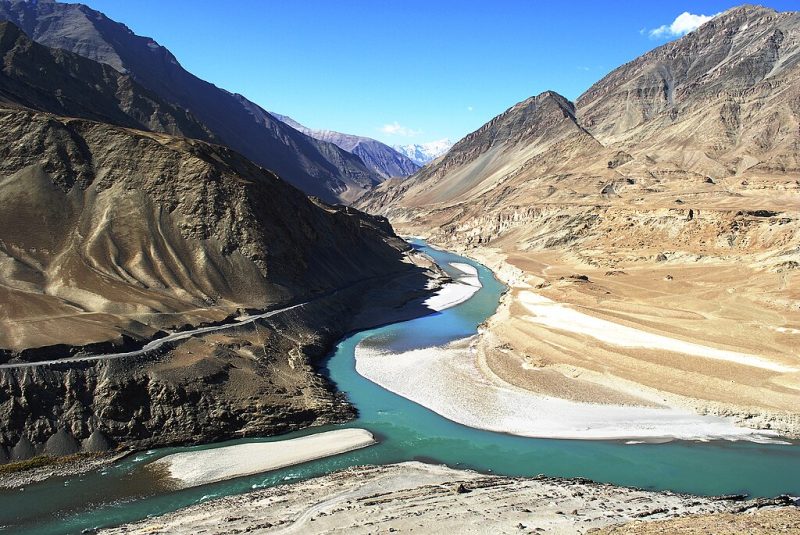
The Senegal River Basin Development Authority (OMVS) – A rare example of true joint management, OMVS treats the Senegal River and its infrastructure as shared property. The member states—Mali, Senegal, and Mauritania—jointly own and operate dams and share the benefits of electricity, irrigation, and navigation.
These agreements are more than legal documents—they are living frameworks that adapt to new challenges such as climate change, technological advances, and shifting political landscapes. Where they work well, they create trust, stability, and a shared sense of ownership over the river’s future.
Challenges in Applying the Law
Even with principles agreed upon and treaties signed, turning international water law into everyday reality is rarely straightforward. Political, economic, and environmental pressures often strain cooperation, and the following challenges remain persistent across the globe:
Non-binding norms and weak enforcement – Many water agreements rely on goodwill rather than enforceable obligations. If one country refuses to comply or unilaterally changes its approach, there are often no effective legal penalties—especially when powerful upstream states hold the leverage.
Political instability and shifting priorities – Changes in government, domestic crises, or regional conflicts can derail years of patient diplomacy. For example, in some basins, newly elected leaders have walked away from existing agreements or frozen participation in river commissions to pursue national projects without consultation.
Unequal power dynamics – Not all riparian countries come to the table as equals. Wealthier or militarily stronger states often have more negotiating leverage, leaving smaller nations with limited options but to accept less favorable terms. This can breed long-term resentment and undermine trust.
Data gaps and secrecy – Effective water management requires accurate, timely data on flows, rainfall, water quality, and usage. Yet in many basins, such data is incomplete, outdated, or treated as a national security matter. Without transparency, disputes are more likely to flare.
Environmental pressures beyond human control – Climate change, prolonged droughts, glacier retreat, and extreme floods can all upset carefully negotiated water-sharing agreements. When nature shifts the balance, legal frameworks must adapt—or risk becoming irrelevant.
In short, international water law provides the tools, but its success depends on political will, institutional capacity, and mutual trust—resources that can be harder to maintain than the river’s flow itself.
Future Directions
The next decades will test humanity’s ability to share water fairly more than any period in history. Population growth, climate volatility, and intensifying development mean that the old patterns of river use will no longer hold. Yet these pressures also offer an opportunity: to modernize agreements, strengthen cooperation, and integrate environmental stewardship into every decision.
Integrating environmental flows – Water-sharing treaties increasingly recognize that rivers are not just pipes delivering water to humans. They are living systems that need a minimum flow to sustain fish migration, wetland health, and sediment transport. Future agreements are likely to embed environmental flow requirements as a legal obligation, not just an optional add-on.
Linking water diplomacy to climate adaptation – As droughts, floods, and glacial melt reshape river systems, international water law will need to incorporate flexible, climate-resilient allocation rules. Basin organizations could become hubs for sharing climate data, coordinating disaster responses, and planning infrastructure that works under a range of future scenarios.
Expanding participation beyond governments – Local communities, indigenous peoples, and civil society groups often have the deepest knowledge of a river’s rhythms and needs. Their inclusion in negotiations can lead to more equitable and durable solutions—turning agreements into something that benefits people on the ground, not just diplomats in the capital.
Harnessing technology for transparency – Satellite monitoring, open-access hydrological data, and shared modeling platforms can reduce mistrust by providing a single, agreed-upon picture of the river’s condition. The more all parties see the same data, the harder it is for misinformation to erode cooperation.
Building a culture of trust – Legal texts alone cannot guarantee peace over water. Trust comes from consistent dialogue, honoring commitments, and finding small successes that demonstrate mutual benefit—whether it’s restoring a shared wetland, launching a joint hydropower project, or agreeing to protect a migratory fish species.
In the end, rivers will continue to flow across borders whether nations agree or not. The challenge for the 21st century is to ensure that these flows remain a source of connection, security, and shared prosperity—rather than a dividing line in an increasingly fractured world.
Conclusion
Transboundary rivers flow through the heart of both ecosystems and geopolitics. International water law, though imperfect, offers a roadmap to shared prosperity and peace. The challenge lies in turning legal principles into sustained, trust-based cooperation—so that rivers can continue to connect rather than divide.



